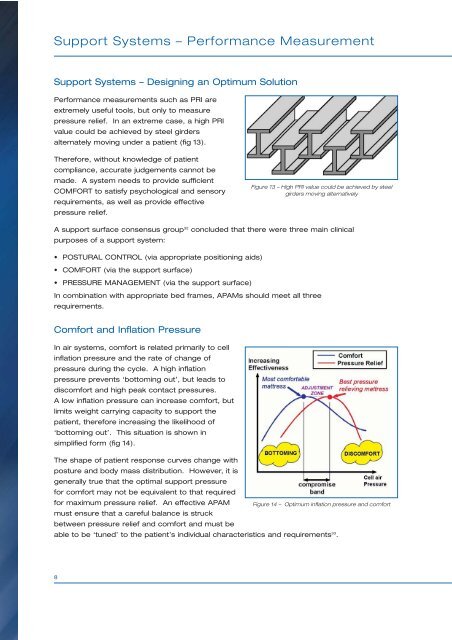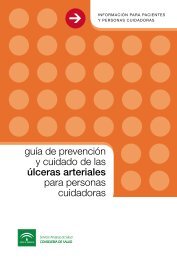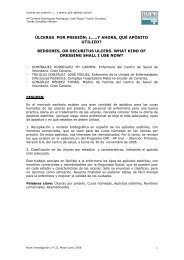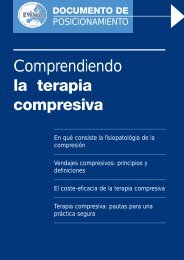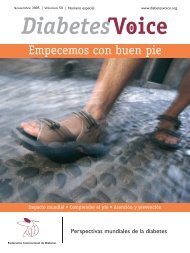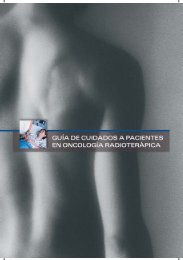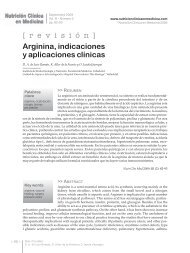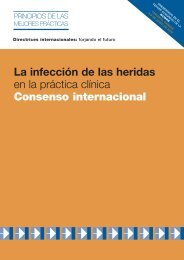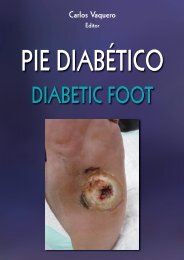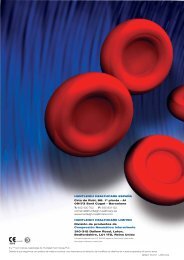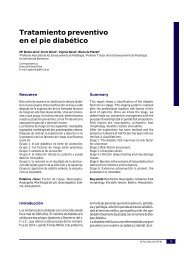HUNTLEIGH HEALTHCARE LIMITED Pressure Area Care Products ...
HUNTLEIGH HEALTHCARE LIMITED Pressure Area Care Products ...
HUNTLEIGH HEALTHCARE LIMITED Pressure Area Care Products ...
You also want an ePaper? Increase the reach of your titles
YUMPU automatically turns print PDFs into web optimized ePapers that Google loves.
Support Systems – Performance Measurement<br />
Support Systems – Designing an Optimum Solution<br />
Performance measurements such as PRI are<br />
extremely useful tools, but only to measure<br />
pressure relief. In an extreme case, a high PRI<br />
value could be achieved by steel girders<br />
alternately moving under a patient (fig 13).<br />
Therefore, without knowledge of patient<br />
compliance, accurate judgements cannot be<br />
made. A system needs to provide sufficient<br />
COMFORT to satisfy psychological and sensory<br />
requirements, as well as provide effective<br />
pressure relief.<br />
Figure 13 – High PRI value could be achieved by steel<br />
girders moving alternatively<br />
A support surface consensus group 32 concluded that there were three main clinical<br />
purposes of a support system:<br />
• POSTURAL CONTROL (via appropriate positioning aids)<br />
• COMFORT (via the support surface)<br />
• PRESSURE MANAGEMENT (via the support surface)<br />
In combination with appropriate bed frames, APAMs should meet all three<br />
requirements.<br />
Comfort and Inflation <strong>Pressure</strong><br />
In air systems, comfort is related primarily to cell<br />
inflation pressure and the rate of change of<br />
pressure during the cycle. A high inflation<br />
pressure prevents ‘bottoming out’, but leads to<br />
discomfort and high peak contact pressures.<br />
A low inflation pressure can increase comfort, but<br />
limits weight carrying capacity to support the<br />
patient, therefore increasing the likelihood of<br />
‘bottoming out’. This situation is shown in<br />
simplified form (fig 14).<br />
The shape of patient response curves change with<br />
posture and body mass distribution. However, it is<br />
generally true that the optimal support pressure<br />
for comfort may not be equivalent to that required<br />
for maximum pressure relief. An effective APAM Figure 14 – Optimum inflation pressure and comfort<br />
must ensure that a careful balance is struck<br />
between pressure relief and comfort and must be<br />
able to be ‘tuned’ to the patient’s individual characteristics and requirements 33 .<br />
8


